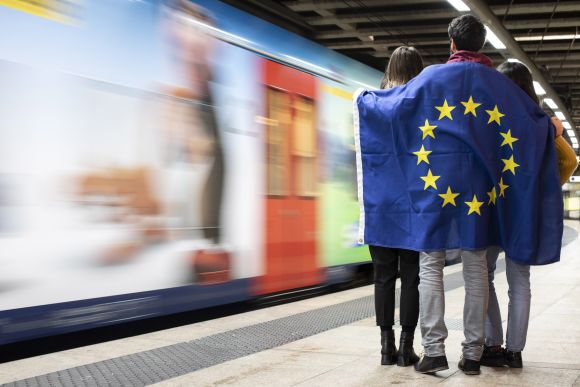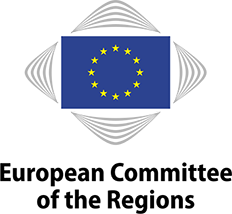
Fake news, disinformation, hate speech, anti-government protests and a lack of youth participation in politics. Currently, democracy in Europe and around the world is struggling. One question remains: how can we reach young people, inspire them for democracy and protect them from disinformation?
More than two thirds of the world’s population is living in a non-democratic country or in a country where democracy is in danger. Since 2017 there have been increasing anti-government protests around the world, as well as a declining trend towards democracy in Europe. Unfortunately, fewer and fewer young people are participating in democracy.
The new path of political participation
Sam van der Staak, the head of the International Institute for Democracy and Electoral Assistance (IDEA), points out that young people are less involved in democracy, e.g. they have lower electoral participation. However, as it turns out they are active in democracy in a different way: through social media.
Young people use social media to inform themselves about politics, with statistics showing that 42% have signed at least one petition and 26% have shared at least one political content on a social media channel (Flash Barometer, September 2021). Social media is an important way for young people to experience democracy.
Undoubtedly, it is also dangerous. Young people are often exposed to fake news, disinformation and hate speech online. Aleksandra Dulkiewicz, the mayor of Gdansk, knows that social media has the power to involve young people in democracy, but also to degrade political content. She points out it is necessary to find a way through social media to invite young people to be part of democracy, all while defending democratic values and protecting young people from disinformation and hate speech. This is why hate speech should be criminalized throughout the European Union and beyond, Dulkiewicz emphasizes.
Flagship projects around Europe
If we want to work on getting young people more enthusiastic about democracy, we have to examine projects where this model is already working well. “I wanted to be the change, that I wanted when I was younger,” said Helin Yildiz, who is part of the youngest city council in Italy. In her city – Varese, Italy – multiple young people got elected to be part of the city council. In Austria, students can be part of a student council and elect a representative for all students nationally. Similarly, in Germany all kinds of youth councils exist, with the goal to reach out to young people and motivate them to participate in democracy.
It is evident that a few countries have achieved the goal of getting the youth excited about being active participants in democracy. It is key to note the role of social media when observing young people’s tendencies of political participation. In order to minimise the threats to our democracy, we must ensure that young people are an active, consistent part in democratic processes globally.
Anna Luise Muhr | Edited by Vicky Hristova



